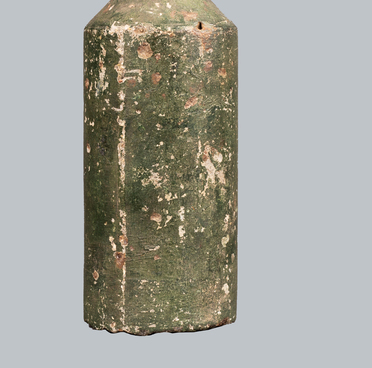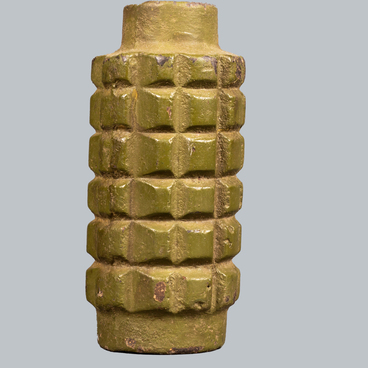In the early 1930s, the German aircraft designer Ernst Heinkel began developing the He 111 aircraft. Conceptually, it was supposed to be used simultaneously in two versions — as a commercial airliner and as a bomber.
The aircraft was a twin-engine passenger liner with a retractable landing gear. If necessary, it could quickly be converted into a military aircraft. The starboard fuselage ended in front with a small glazed canopy for the navigator or gunner, in which there was a mount for a machine gun.
The weapon could be installed both in the upper mount behind the cockpit, and in the lower retractable gondola. The designers came up with this tricky design, as after its defeat in World War I, Germany was banned from operating an air force by the Treaty of Versailles.
Initially, Ernst Heinkel worked as a designer in a team led by Franz Schneider, then moved to the Albatros Flugzeugwerke company. In 1914, he became technical director and chief designer of the Hansa und Brandenburgische Flugzeugwerke aircraft company. During the First World War, Heinkel created more than 30 types of aircraft that were used by the armies of Germany and Austria.
By the beginning of the Second World War, the He 111 was the most numerous Luftwaffe bomber. During the war, more than 70 modifications were made. Despite the fact that by 1943 this aircraft was considered obsolete and slow, it was still distinguished by powerful weapons: a bomb load of up to 2,500 kg, an autocannon and five machine guns with three gunners.
Arseny Vasilyevich Vorozheikin, Major General of Aviation, twice Hero of the Soviet Union, pilot of the 2nd Aviation Army of the Voronezh Front in the Battle of Kursk, described the He 111 in his memoirs as follows,




